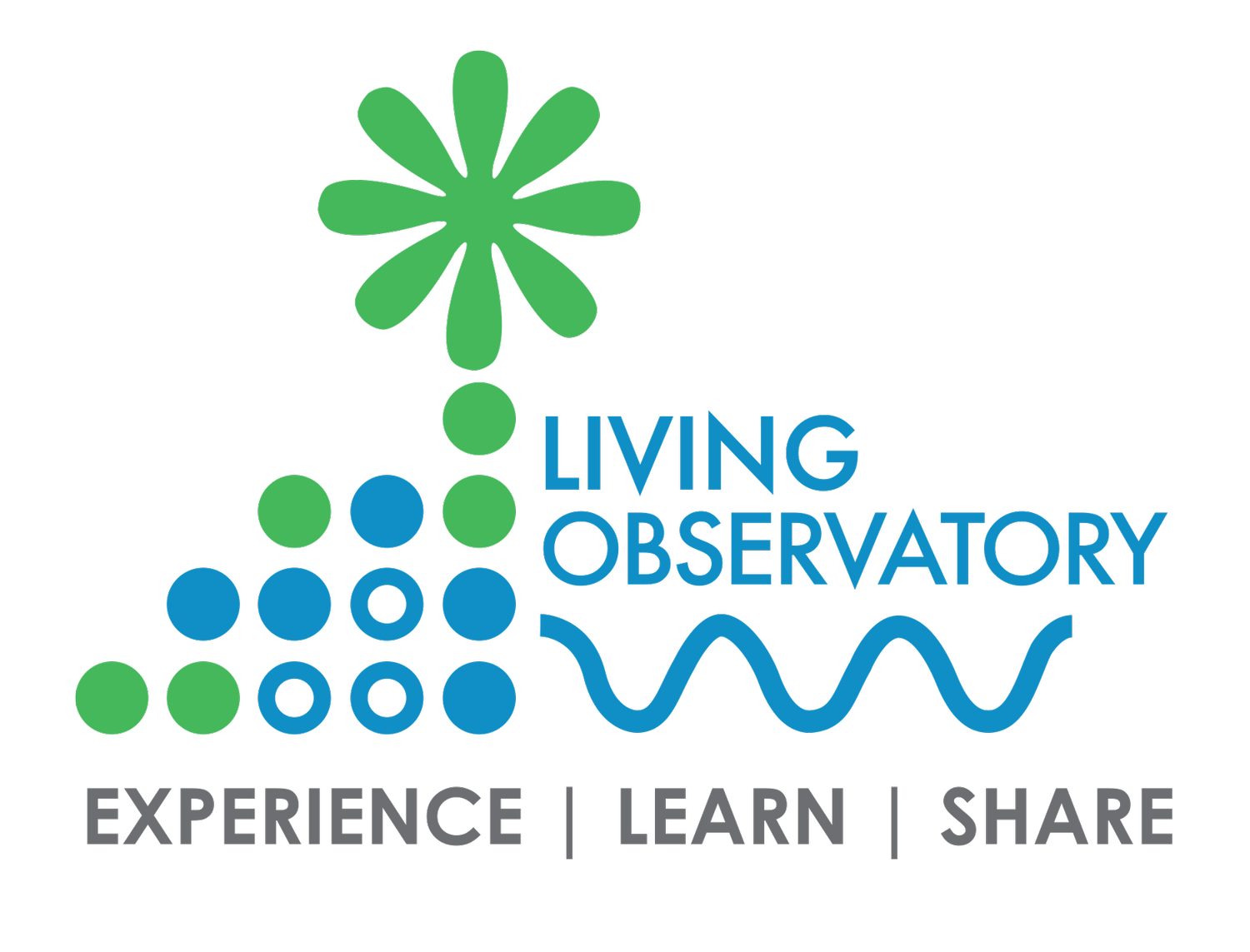When I drove out from Tidmarsh a couple of weeks ago - before Henri and Ida - the tree swallows were beginning to mass as they have every August, and into September, since the restoration was completed in 2016. Today they are already in the hundreds. Most swoop and sail across the wetland, ingesting whatever bugs they find in their path. A few balance on the wires that run on poles along the roadside, out to catch a wink before they return to the sky. Food is plentiful at Tidmarsh these days, and the swallows are bulking up for their journey south. We have no idea how the word gets passed along, but before they leave there will be thousands of them - at least that is what we have observed for the past few years.
The irony and the challenge for us, as we observe and explain this phenomena, lies in the way most of us humans perceive nature, as if nature lives outside of us. If we focus on the fact that the swallows come to eat bugs - mainly mosquitos that have been nurtured by the wetlands - we create an ‘us’ that lies outside of the infinitely complex whole. As LO and its partners encourage the transformation of retired cranberry farms into wetlands, we need to navigate and push back against the worry that these restored wetland habitats serve as breeding ground for mosquitoes, and that some of these mosquitoes may carry a virus that is life threatening to humans.
Photo by Cyndi Jackson, 9/26/2020
This worry results in “us vs. nature,” a kind of thinking that threatens our objective of healing the earth, and brings us to a crossroads: in our effort to heal the earth, can we support the food web in all of its dimensions, or are we so married to a myopic view that we choose to protect the human at all costs, from all potential harm? Do we make decisions out of fear for human survival, or do we allow ourselves to joyfully acknowledge that we are with and of the earth?
From the swallow’s perspective another wetland is a gift, an oasis where for a short period of time, at the time they need it most, it is full to the brim with food. Alas, we are ignorant of how swallows communicate this cornucopia to each other, but somehow they must, because day by day from now until well into September, more and more swallows will gather here at the Tidmarsh Wildlife Sanctuary. And then one day, quite suddenly from a human perspective, they will all be gone.

